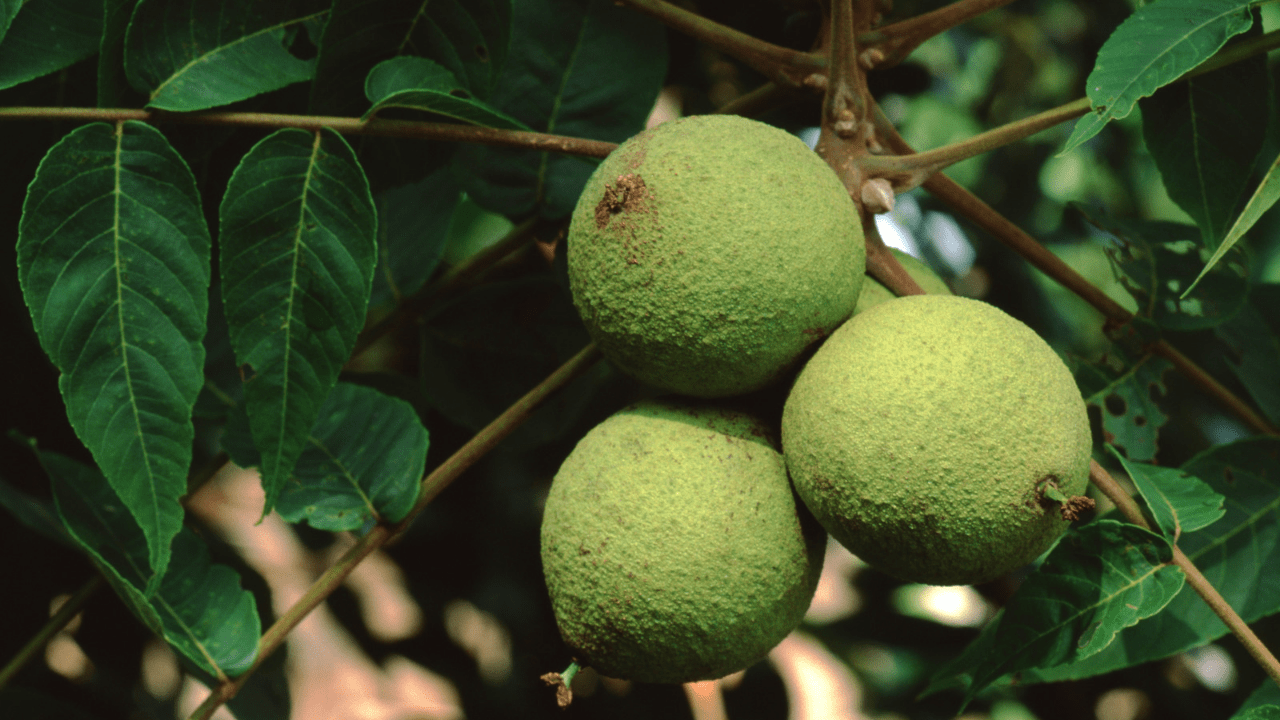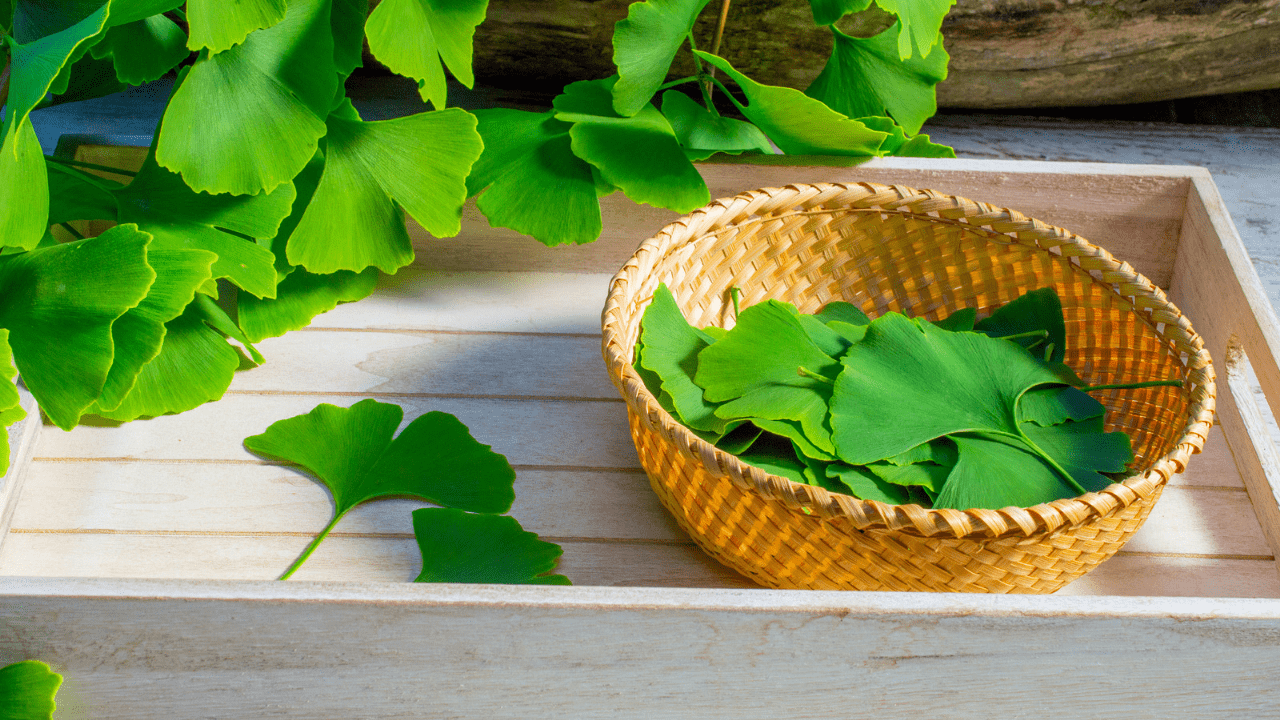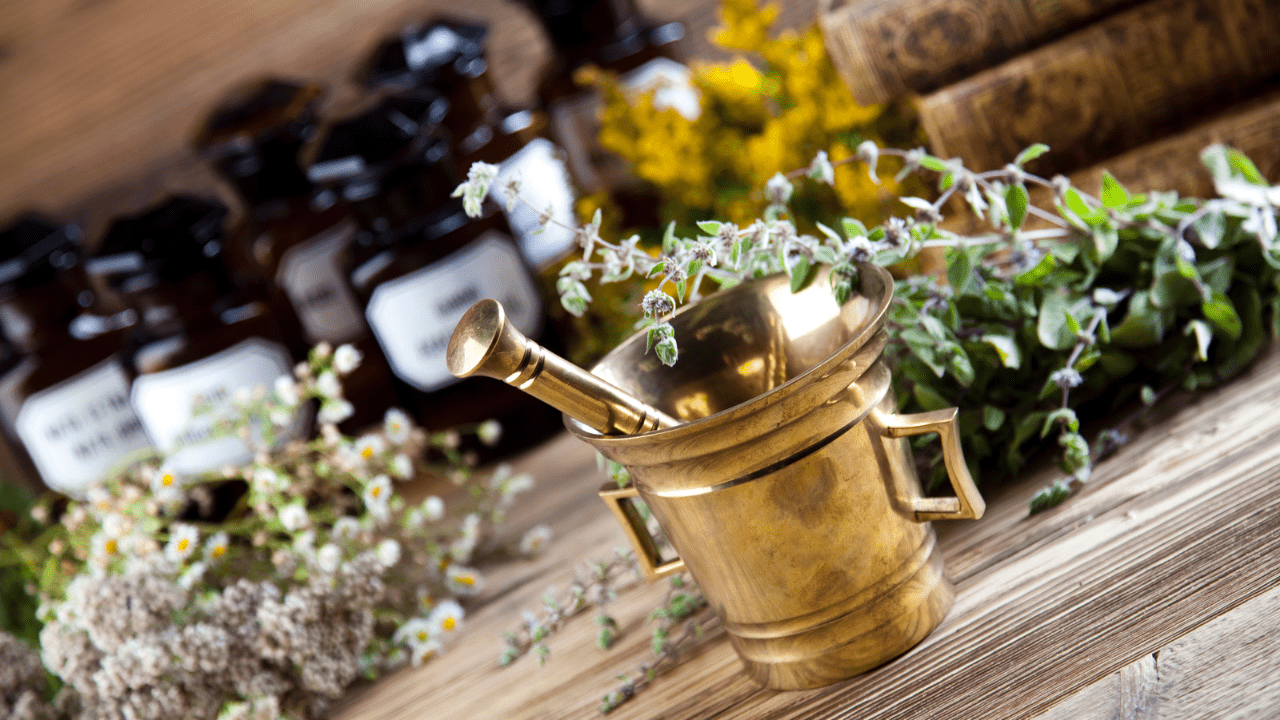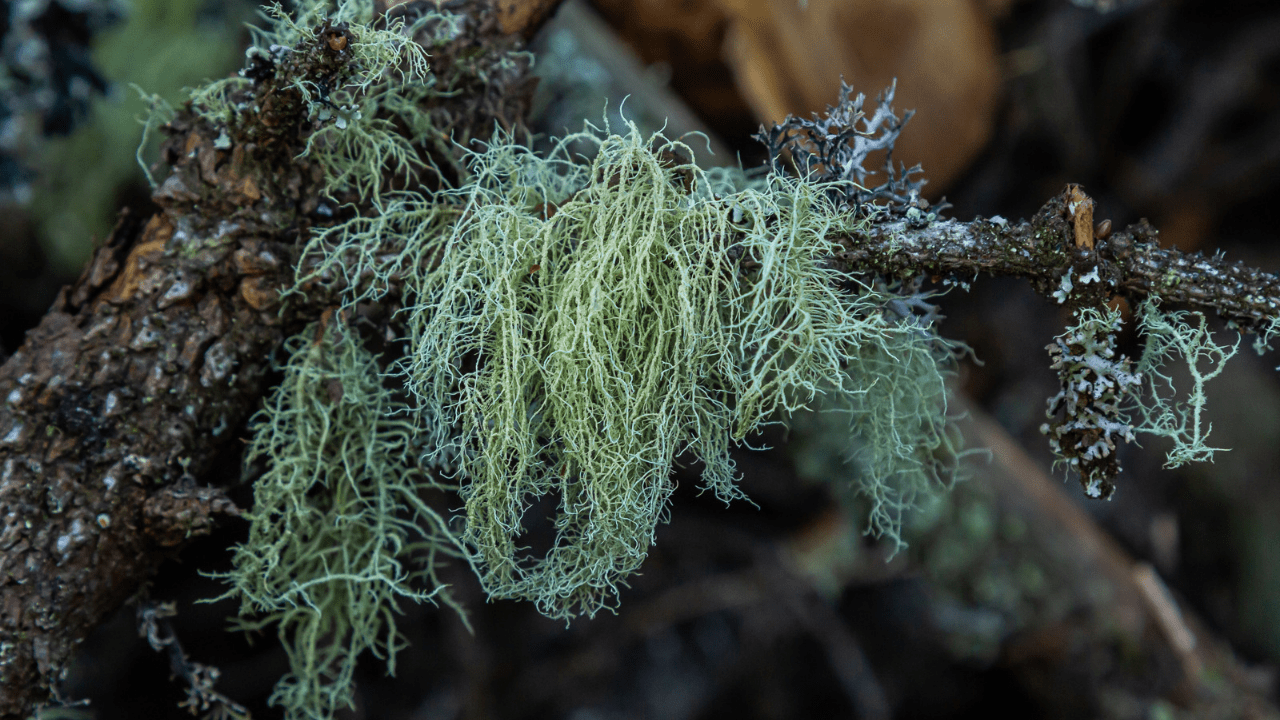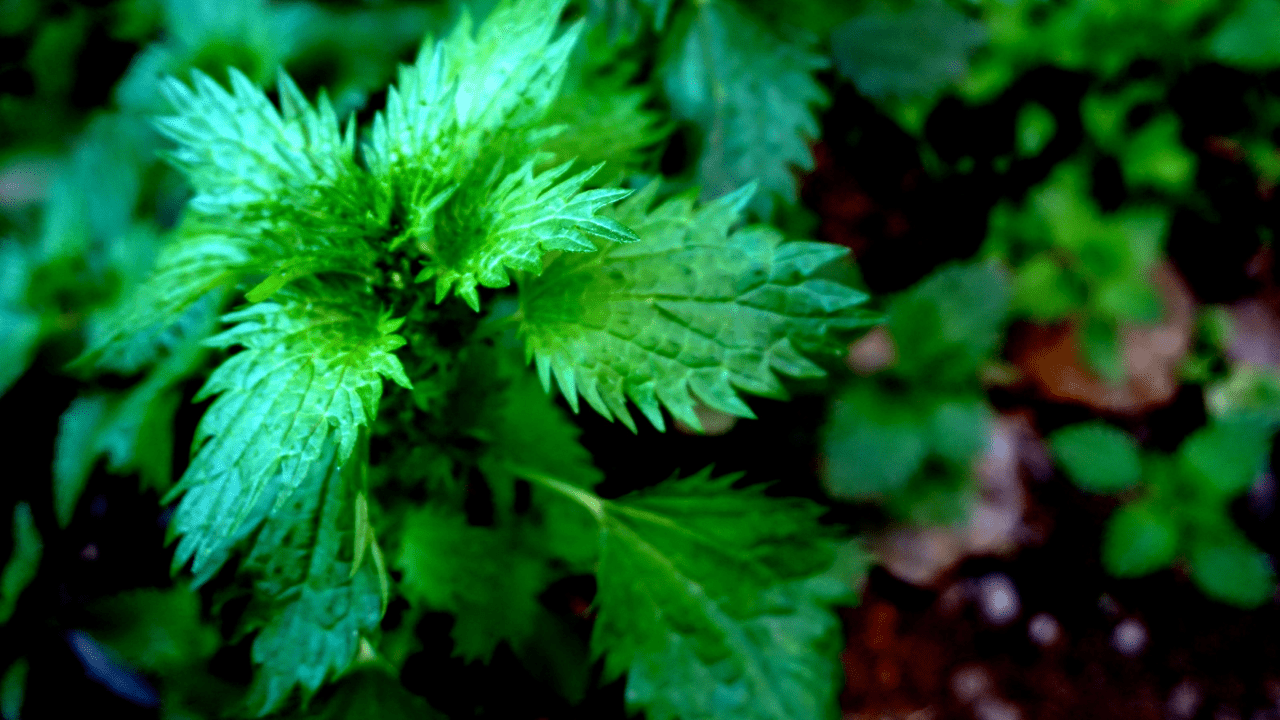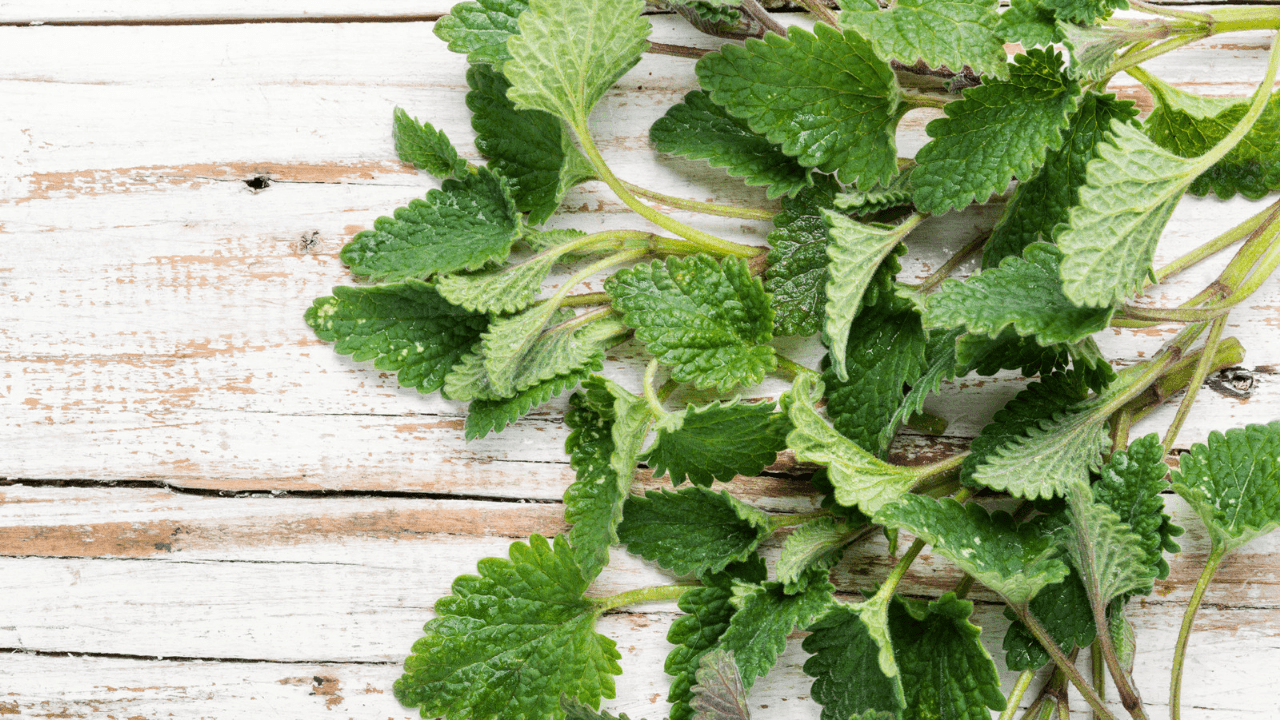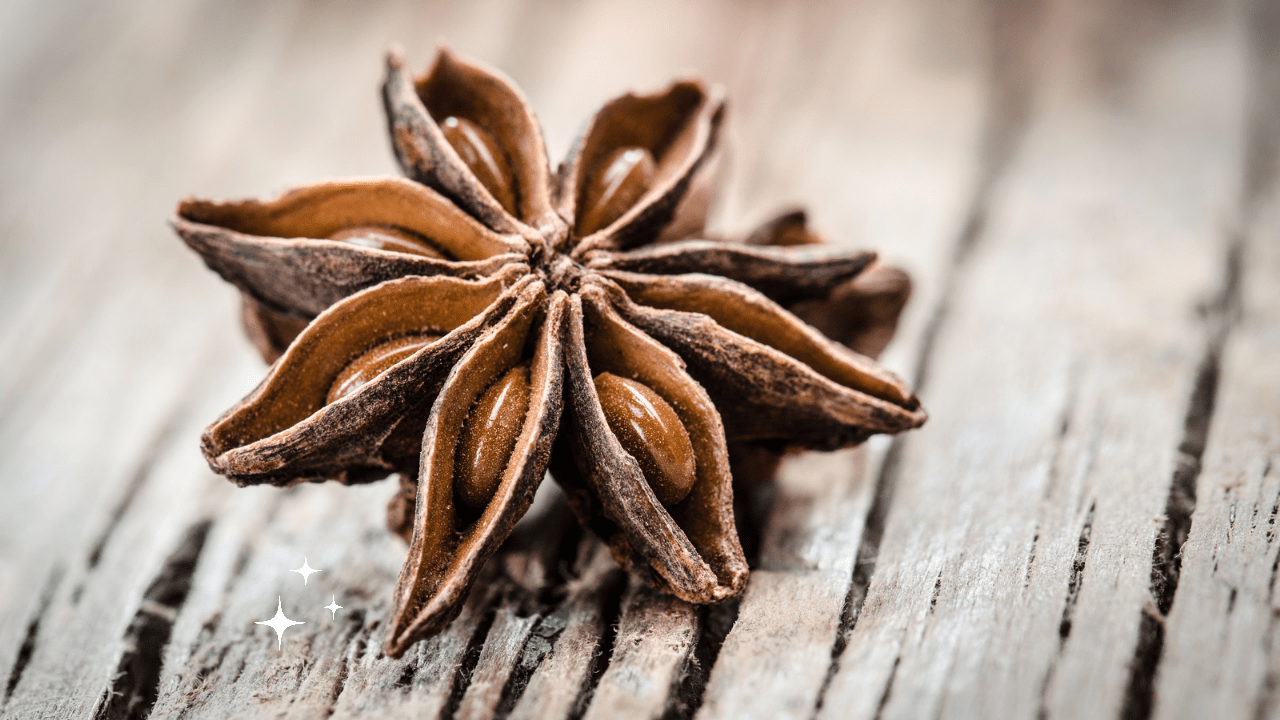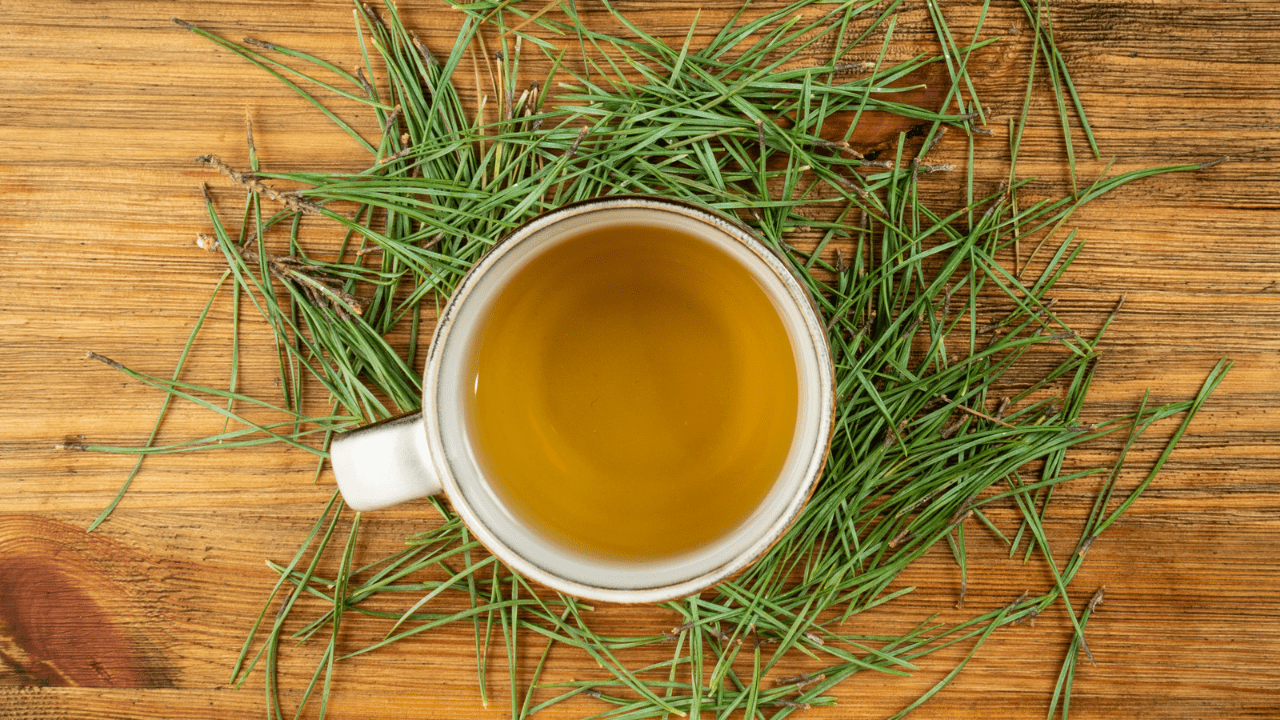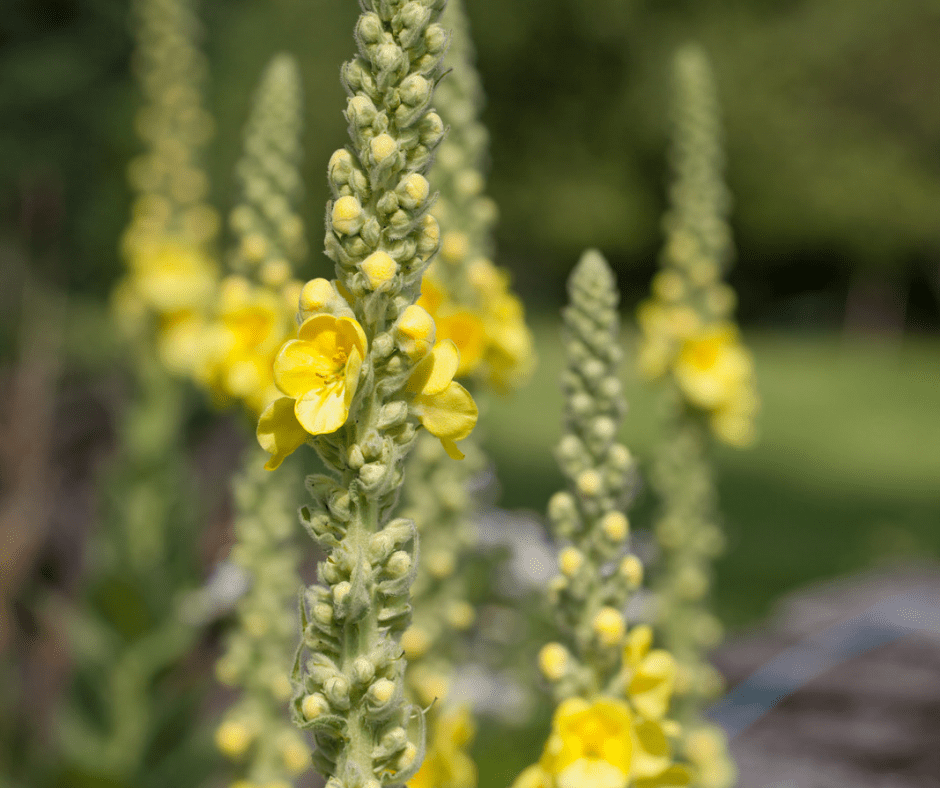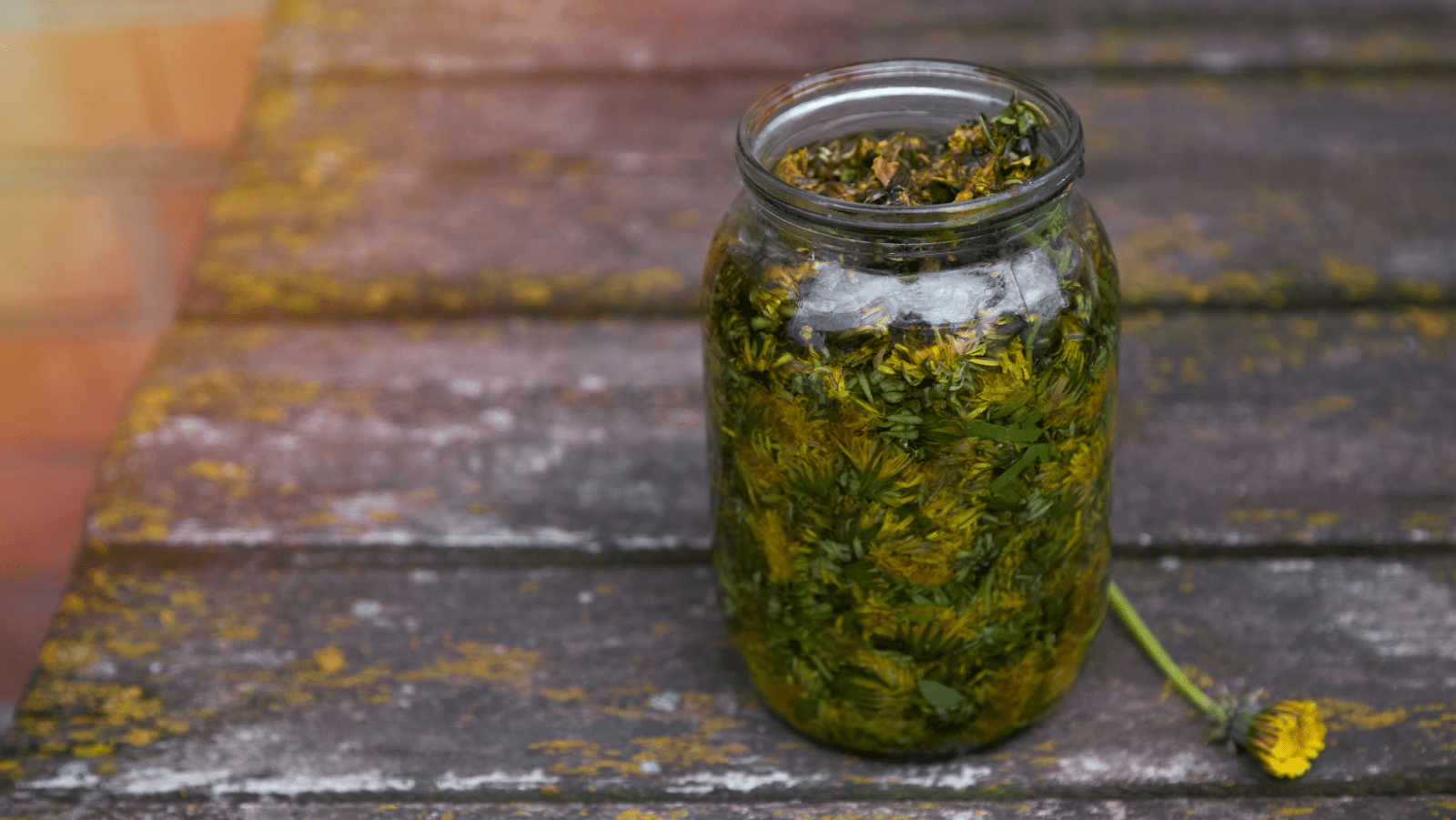BLACK WALNUT FOR REMOVING PARASITES
Black walnuts (Juglans nigra) grow wild across the United States and are the second most cultivated walnut in North America, following English walnuts. They were an extremely important food source and traditional medicine to many North American tribes. Many people think of black walnut trees as a nuisance. They drop their nuts and hulls on driveways, roadways, and lawns, and if they aren’t picked up immediately the green fruit rinds turn black and will stain sidewalks and driveways. This can sometimes leave behind a mess homeowners don’t want to deal with. Walnut bark, leaves and nuts all contain a chemical called juglone, which is toxic to horses, cows and other animals, causing serious health issues that can be fatal if left untreated. Many farmers remove walnut trees in locations they plan to raise livestock for this reason. Aside from this negative aspect, black walnuts are extremely nutritious, and are an…
Ginko Biloba, the Ancient Tree Of Medicine
The ginkgo tree (Ginkgo biloba), is one of the oldest living tree species on Earth. It has a fascinating history that dates back millions of years. Originating in China millions of years ago, the ginkgo tree has survived many major extinction events and geological changes. Fossils of ginkgo leaves have been found from around 270 million years ago, during the Permian period. This makes it a living fossil, as it has remained relatively unchanged for millions of years. Ginkgo trees have played an important role in human history as well. In ancient China, ginkgo was considered a sacred tree and was planted near temples and palaces. Its fan-shaped leaves were admired for their beauty and symmetry. Ginkgo leaves were also used in traditional Chinese medicine for centuries to treat various ailments, including memory improvement and respiratory issues. During the 18th and 19th centuries, ginkgo trees were introduced to Europe and…
Detoxify With These Herbs
Detoxifying the body is certainly not a new fad, although it has become increasingly popular in recent years. Historical humans had many different forms of detoxification, and many of those practices were based around religious beliefs. However some forms of detoxification came naturally. For example, after a long cold Winter, humans would gorge on fresh nutritious foods that would stimulate the digestive tract and cleanse the lymphatic system. This helped to detoxify the system and jump start the immune response. Why Detox? 1. Remove Toxins: People nowadays have grown accustomed to the processed foods they are eating and realized they need to make a change. Unfortunately, we live in a world where pollutants abound. We are frequently exposed to dangerous poisons from our surroundings, food to housekeeping and beauty goods. The good news is that our bodies are built to cleanse themselves. Processed foods and sugar on the other hand,…
Usnea Double Extraction
Usnea, also known as Old Man’s Beard, is not a plant but a lichen— a symbiotic relationship between an algae and a fungus. Lichens appear to be a single plant, but they are really fungus and algae that grow together. The botanical name is Usnea spp, but there are many different species in this genus all of which are medicinal. The botanical name is also the common name: simply called “usnea”. Many refer to this lichen as “Old Man’s Beard” however, like many common names, that can refer to various plants. So the botanical name is always the most accurate. Usnea barbata is one of the most well-known species, however, the various species of usnea are difficult to distinguish from one another. The good news is they are considered to have equivalent medicinal uses. The best way to positively identify usnea is to gently pull apart the strands and see…
American Ginseng
American ginseng, known by its Latin name of Panax quinquefolius, is a slow-growing medicinal plant that produces a fleshy, white root and umbrella-shaped flowers which produce red berries. For hundreds of years, ginseng has been a valuable medicinal plant to the indigenous Americans. Ojibwe Midewiwin, spiritual leaders skilled in medicine, used the root for digestive troubles and pain relief. Muscogee people used a poultice of the root to staunch bleeding and a tea to treat respiratory conditions and fevers. The Meskwaki people of the Great Lakes region have used it as both an aphrodisiac and as a panacea, a universal remedy for children and adults. Ginseng was also highly prized by the Cherokee and was one of only a handful of plants taken with them on the Trail of Tears to what is now Oklahoma. American ginseng is slightly different than Asian or Korean ginseng (Latin name Panax ginseng) which…
The Berry That Can Help Your Heart
There are many medicinal herbs that are good for the heart, but none stand out quite like Hawthorn. Hawthorn (genus Crataegus), also called thornapple, is a genus of thorny shrubs or small trees in the rose family (Rosaceae), native to the north temperate zone. Many species are common to North America, and a number of cultivated varieties are grown as ornamentals for their attractive flowers and fruits. Hawthorn has played an important role in historical folklore throughout the world. In Europe hawthorn was believed to be a tree of magical enchantment and is strongly associated with Beltane, the ancient festival celebrating spring. In Celtic mythology it is one of the most sacred trees and symbolises love and protection. It is also believed that the crown of thorns that adorned Jesus’s head during the crucifixion was made of hawthorn. The importance of this tree and it’s medicinal and magical value wasn’t…
Stinging Nettle, The Most Nutritious Plant On The Planet
The overall wellness herb
Lemon Balm, the Herb That’s Said To Extend Your Life
The secret to a long life
Star Anise, The Star Of Health
The amazing benefits of Star Anise
Stinging Nettle For Prostate Conditions
Prostate health is just as important to men as breast and ovarian health is to women. Common prostate disorders such as BPH exist in over half of all men. By age fifty, 50% of men will suffer from BPH. That number jumps to 70% among men aged 60 to 69 and around 80% of men over 70 years of age. Benign prostatic hyperplasia (BPH) also called prostate gland enlargement, is a common condition that effects men as they age. An enlarged prostate gland can cause uncomfortable urinary symptoms, such as blocking the flow of urine out of the bladder. It can also cause bladder, urinary tract or kidney problems. The severity of symptoms in people who have prostate gland enlargement varies, but symptoms tend to gradually worsen over time. Common Signs & Symptoms of BPH • Frequent or urgent need to urinate • Increased frequency of urination at night •…
White Pine Benefits & Uses
White pine (Pinus strobus) is a fast-growing, medium-sized conifer tree with long needles and a very straight trunk, growing up to 100 feet in hight. Native to north-eastern parts of North America, with varieties growing in the mountains of Mexico and Guatemala, white pine became an important resource for many indigenous tribes. The inner bark was an available food source that was eaten by either boiling it, or grinding it into a powder which acted as a flour alternative. This pine flour was not used in the way we use flour today, to bake breads, cakes, etc. This was added to pots of stew to thicken it and add needed nutrition. White pine was also used as a material source. Before the arrival of Europeans, many eastern tribes used the huge, straight trunks of white pines for dugout canoes. Pine pitch was also made from the sap and used as…
Mullein Benefits & Uses
Respiratory Support
The Amazing Hated Weed
The Hated Healing Weed
